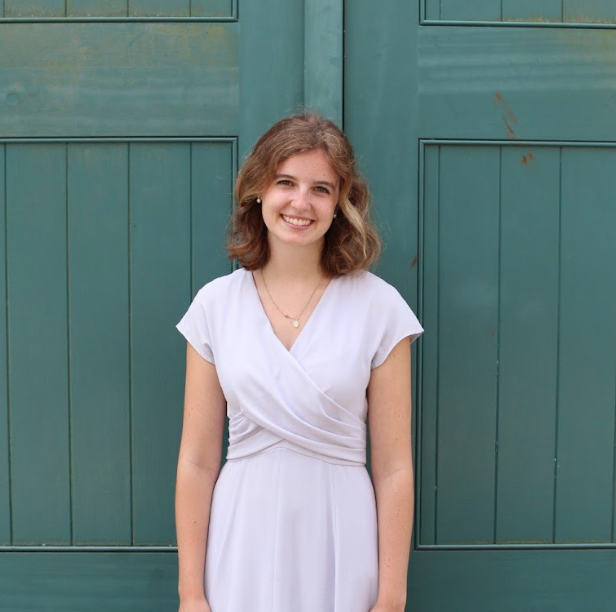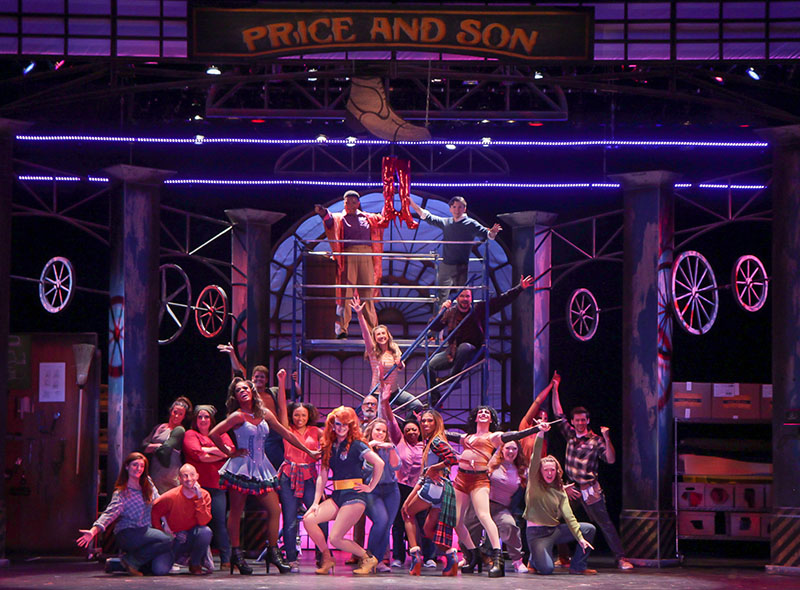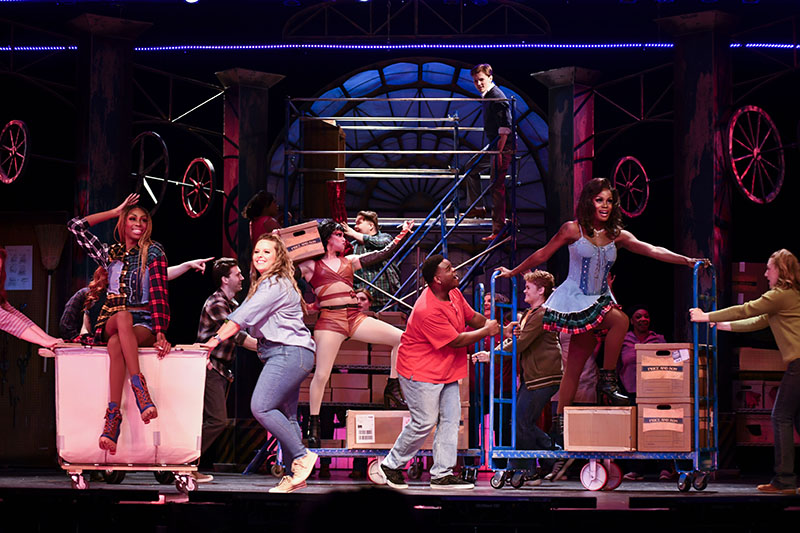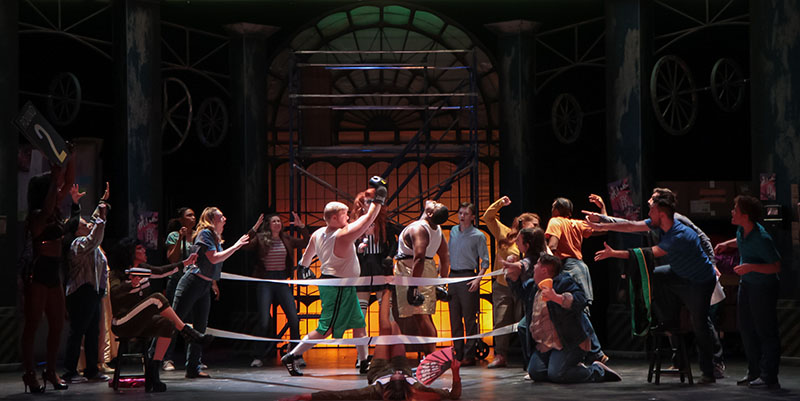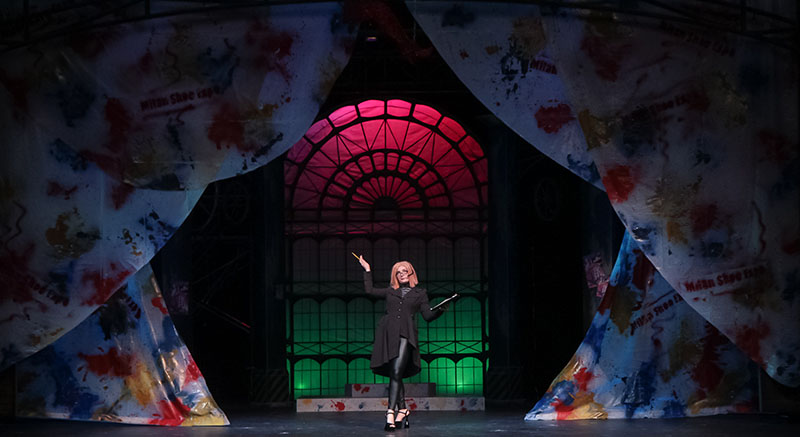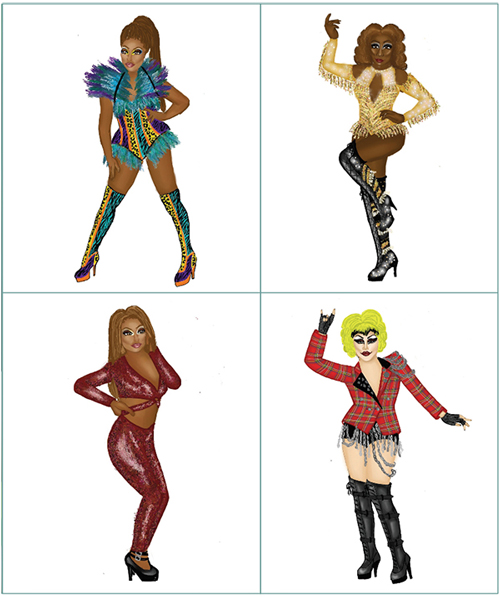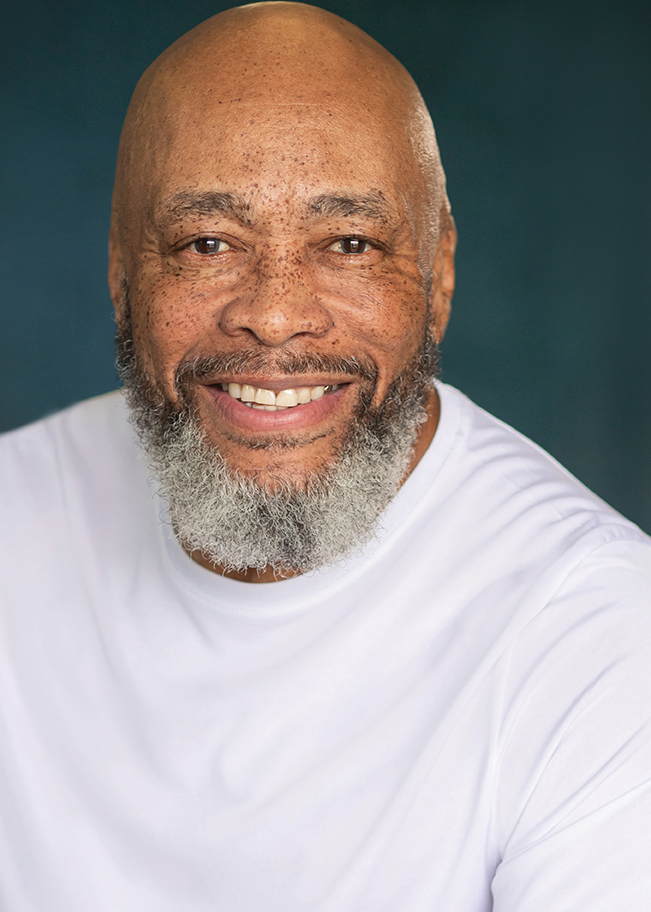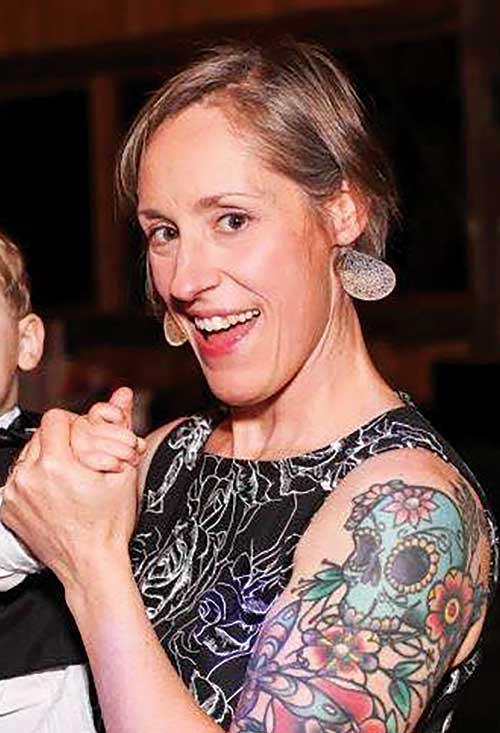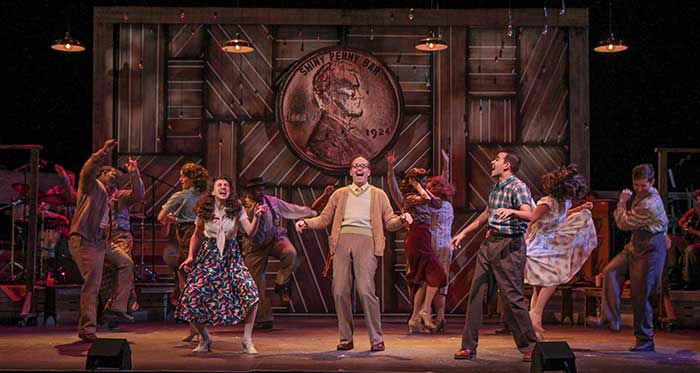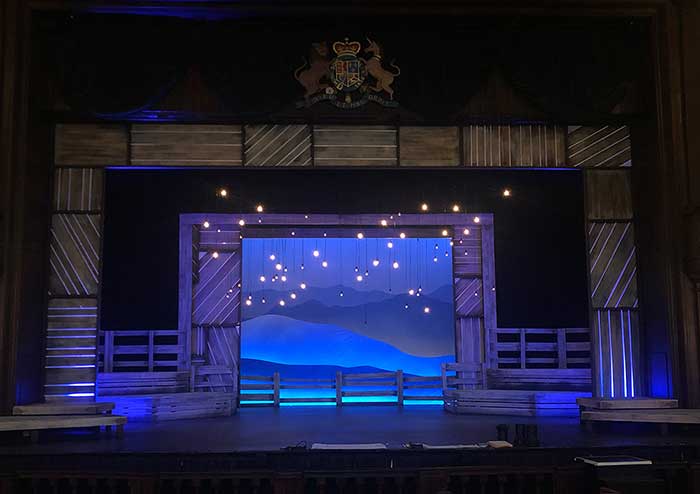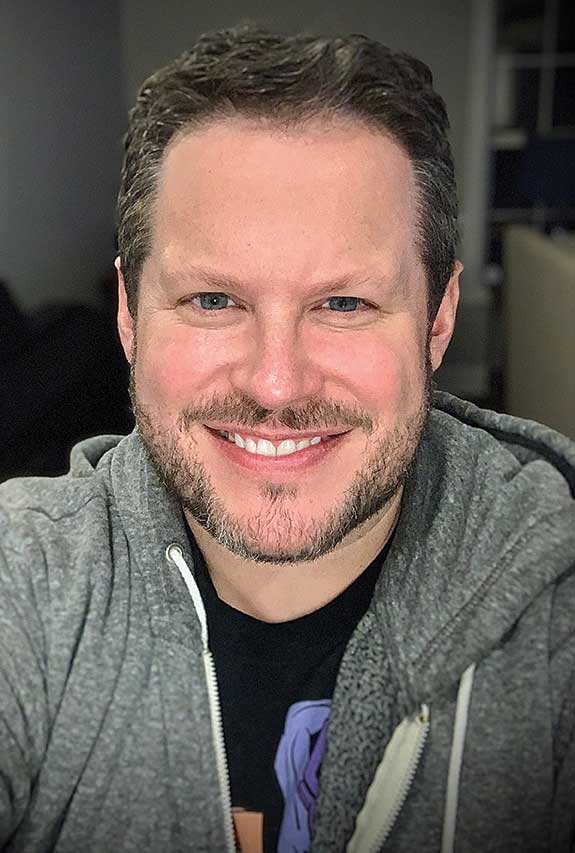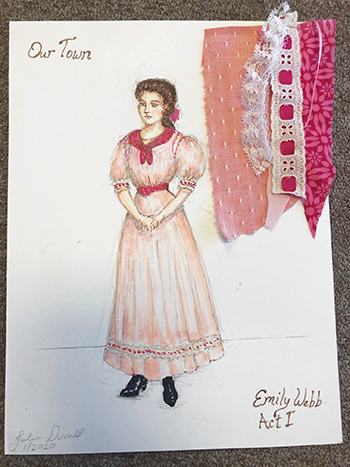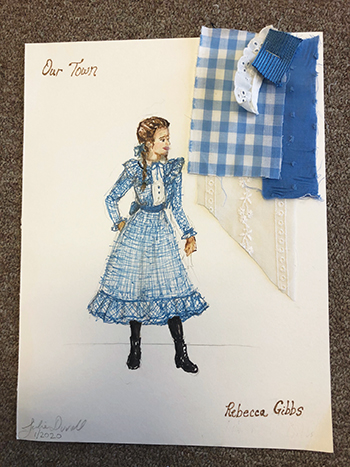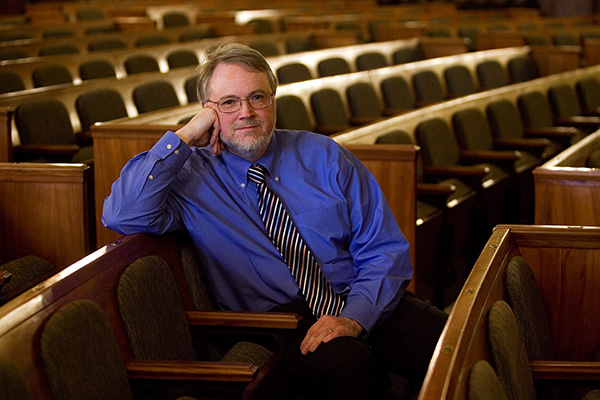We recently sat down with Cody Tellis Rutledge, Charleston Stage’s Resident Scenic Designer and Scenic Charge, to hear about his history with scenic design and the process of conceptualizing, designing, and building the set for The Play That Goes Wrong. It isn’t easy to build a set that’s designed to fall apart and get put back up night after night, and we are indebted to him for his ingenious work for this show! Read through the end to get a sneak peak at the sets for our season opening show.
Share with us your story of getting into set design.
“The painting and design elements have always been in my blood. My mom was an artist and a flower arrangement designer, so when I was little I helped her design and arrange some of her pieces. When I transitioned into theatre, it all came naturally for me. Unfortunately I grew up in a small town, so I had to travel to another county to participate in theatre.
In Woodbury, TN I found my people and a mentor, Darryl Deason, co-founder of the Arts Center of Cannon County. He cast me in Hairspray and to help paint the set, and when I asked to have a design role he gave me a shot. I’ve come a long way since my pepto bismol pink set design of Legally Blonde! From there I did an internship at Cumberland County Playhouse in Crossville, TN, where I worked as a scenic painter and an actor. Then I went back to school to pursue my degree in theatre design and hone my skills.”
What do you love about what you do?
“I love creating something from nothing. I say this literally: set ideas start as scratch marks on a paper before they transform into the real thing. To see that come alive as something unique is really special, especially if the audience audibly gasps when they see it. It’s also amazing to me how there are so many ways to do the same show from different perspectives; there is always room to grow and improve.”
What has been exciting about designing The Play That Goes Wrong? What has been a challenge?
“It’s exciting to me that most theatres haven’t done this show yet, so I’ve had to really dive into research to figure out the tricks in the set. In general it’s a challenging show because everything has to go “right” in order to go “wrong,” and one little error can cause so many problems. The challenge is safety-proofing every single thing on the set to protect the actors. Whether that is making sure something doesn’t break, or having multiple versions of something ready to go in case something does actually break when it is not supposed to, we have to be really thorough.”
What do you enjoy about working with Charleston Stage?
“I love the relationships I’ve made in Charleston Stage’s theatre community. I’m able to freely bounce ideas off of my cohorts in the shops, which makes for a really collaborative and enjoyable process. And the relationships aren’t just in our scene shops but also at the Dock Street itself: with our education staff, administrative staff, ushers, volunteers, and other theatre companies in the Charleston community. Everyone wants you to succeed, and I believe that is important in maintaining a healthy and successful design process.”
What would you like audiences to know about this show?
“The Play That Goes Wrong is probably the most technically challenging show we have put on Dock Street’s stage! It is by no means easy to design and build. This show would not work without the people behind the scenes putting in 100% to make sure that it runs smoothly and safely. You will see tech crew in the show actively trying to keep everything together! The real heroes are Josh and Adam, my fellow staff members in the scene shop, who have worked beyond my imagination to do things I wasn’t even sure were possible. For that, I’m super grateful.”




Cody Tellis Rutledge (he/him/his) is originally from McMinnville, TN and holds a B.F.A. in Theatre with a double emphasis in Musical Theatre and Technical Production from the University of Memphis. This is his 6th season continuing on with Charleston Stage after being a Resident Professional Actor for the 40th Season and is in his 5th year in the Acting Ensemble Company. Some past favorite designs here at Charleston Stage include Disney’s Beauty and the Beast, Of Mice and Men, and Number the Stars. You can see more of his design work on his Instagram at @rutledgescenicdesign, where he has designed for professional theatre companies across the U.S.


